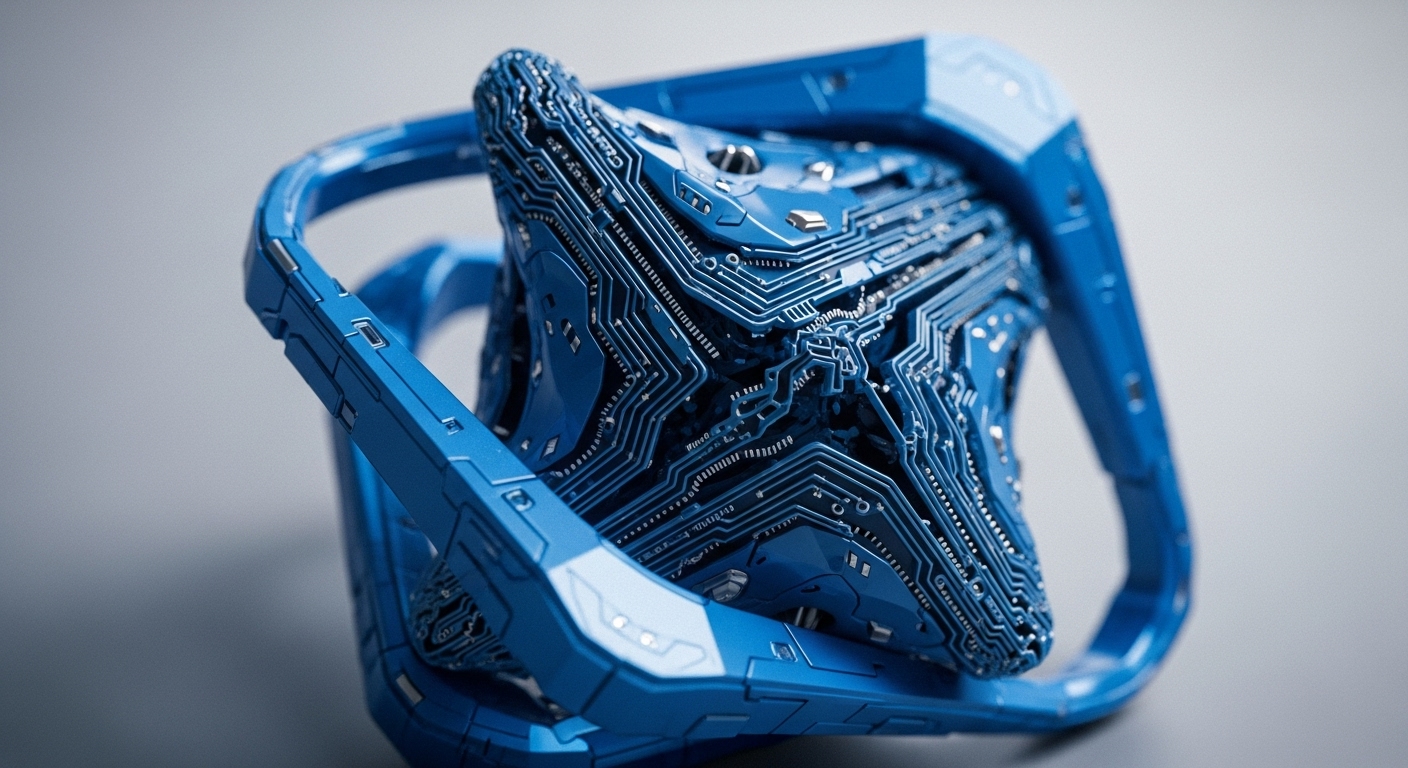
Briefing
The fundamental challenge of classical Distributed Key Generation is its reliance on a fixed, fully participating set of parties, which causes failure in open, unpredictable network environments. This research introduces Federated Distributed Key Generation (FDKG), a new primitive inspired by Federated Byzantine Agreement, which allows each participant to define a personal, heterogeneous set of guardians for their key share. This architectural shift decouples the DKG process from global participation requirements, providing a robust, liveness-preserving cryptographic foundation for large-scale, dynamic decentralized applications like cross-chain bridges and decentralized autonomous organizations.

Context
Traditional $(t,n)$-Distributed Key Generation protocols, foundational to threshold cryptography, operate under the rigid assumption of a fixed total number of parties ($n$) and a required quorum ($t$). This fixed-set, full-participation requirement is a critical theoretical limitation, forcing protocol abortion or restart when participants are unavailable, rendering DKG impractical for the open, permissionless, and asynchronous environments of modern public blockchains. The inability to handle unpredictable availability and large $n$ values has historically constrained the scalability of on-chain threshold systems.

Analysis
FDKG fundamentally re-architects the DKG trust model by moving from a global consensus on trust to a local, federated one. The new primitive allows each party to select a personalized guardian set, $G_i$, and a local threshold $t$, generalizing the standard PVSS-based DKG. This means a partial secret can be reconstructed by the participant or any $t$ of their chosen guardians, shifting the security assumption from global availability to the topology of the individual guardian sets.
The protocol achieves both key generation and reconstruction in a single broadcast round each, conceptually simplifying the state management for dynamic participation. This design ensures correctness and privacy during generation, and liveness during reconstruction, provided the participant is not corrupted along with a sufficient number of their chosen guardians.

Parameters
- Generation Communication Complexity → Proportional to $n cdot k$. (The total number of participants $n$ multiplied by the size of the personal guardian set $k$.)
- Reconstruction Communication Complexity → At most $O(n^2)$. (The worst-case complexity for reconstructing a key share from the guardian set.)
- Liveness Condition → Participant not corrupted with $k-t+1$ guardians. (The number of corrupted guardians that would compromise a participant’s ability to reconstruct their key share.)

Outlook
FDKG opens a new research avenue for building truly robust and scalable threshold cryptosystems for open networks. In the next 3-5 years, this primitive is poised to become the foundational layer for decentralized autonomous organizations, cross-chain bridge security, and randomness beacons, enabling these systems to maintain liveness and security even with highly dynamic, unpredictable validator sets. Future work will focus on optimizing the $O(n^2)$ reconstruction complexity and formally modeling the security guarantees of various guardian-set topologies.

Verdict
The Federated Distributed Key Generation primitive establishes a new foundational model for threshold cryptography, enabling provably robust security in dynamic, open-world decentralized systems.
